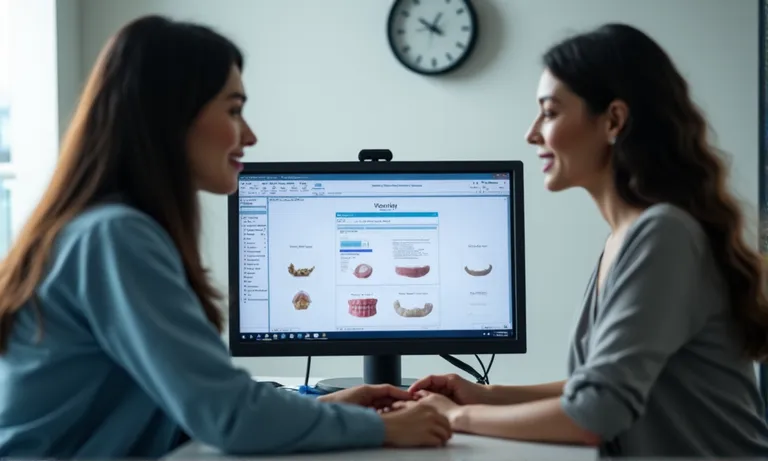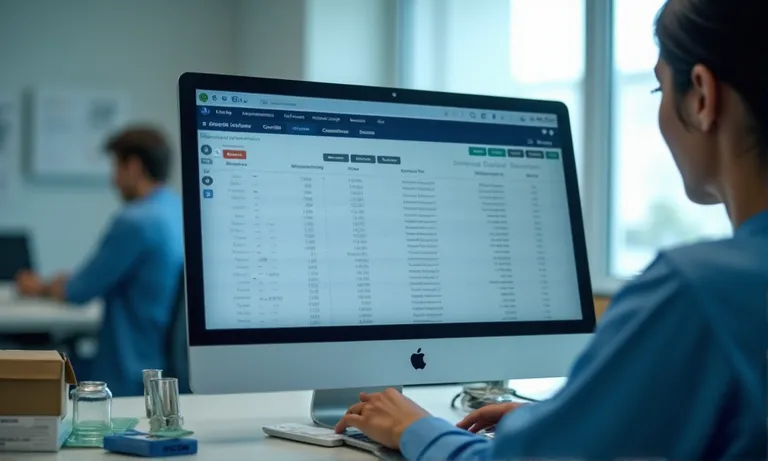Avoiding common pitfalls in overseas dental outsourcing requires addressing three critical areas: communication, logistics, and cooperation structure. Misalignment often stems from time zone gaps, unclear roles, and unpredictable delivery.
Effective buyers mitigate these risks by implementing synchronized communication models, working with partners who offer global logistics coverage and customs readiness, and defining responsibilities through structured agreements and trial-based onboarding.
With these controls in place, outsourcing becomes not just cost-effective—but operationally reliable.
How Can Communication Gaps and Time Zone Misalignment Be Resolved?
Miscommunication remains one of the most cited failure points in overseas dental outsourcing. Time zone delays and unclear responses often result in case backlogs, unnecessary remakes, or mismatched expectations. Addressing these issues requires more than language alignment—it calls for a structural approach to real-time collaboration and contextual understanding.

Implementing a Follow-the-Sun Communication Model
- Overlap windows
Set 2–3 hours of live collaboration between teams, such as 8–11 a.m. GMT+8 for North America-based clients, allowing timely case transitions and decisions. - Fixed handoff schedules
Commit to daily update times—e.g., 9:30 a.m. China time—so both teams can plan for design feedback, case prep, and approvals without delay. - Asynchronous workflows
Use shared portals, markup tools, and structured prescription formats to maintain traceability, even when real-time overlap isn’t possible. - 24-hour coverage models
Some labs split technician shifts or maintain global-facing support teams to keep work moving overnight and eliminate idle time between client responses.
When communication protocols are integrated into lab SOPs, rather than treated as ad hoc, response time and revision efficiency consistently improve.
Why a Bilingual Project Manager Makes a Measurable Difference
- Technical clarity
Accurately interprets terms like interproximal contact, occlusal fit, and anatomical contour—reducing avoidable back-and-forth. - Cultural fluency
Bridges tone and expectation mismatches, ensuring instructions, revision urgency, and clinical concerns are understood as intended. - Issue filtering
Detects red flags in turnaround, design deviations, or volume flow early enough to adjust course before delays occur. - Coordination rhythm
Keeps batch uploads, case assignments, and delivery schedules on track, especially for multi-site clients and DSOs.
Labs with stable bilingual coordination—especially those handling export clients regularly—are better positioned to manage volume workflows without communication friction.
How Can Logistics and Delivery Uncertainty Be Managed?
Logistics inconsistencies are one of the biggest concerns for overseas dental buyers. Shipping delays, customs holds, or lost packages can disrupt clinic schedules and erode trust. But these risks are not inevitable—they’re often the result of poor route planning, lack of redundancy, or working with labs that aren’t structured for international shipping.

Choosing a Partner with Global Logistics Coverage
- Integrated global shipping accounts
Labs with active accounts across multiple couriers (DHL, FedEx, UPS) can dynamically select the best route based on destination, speed, or customs risk. - Export experience
Dental labs that ship daily to high-regulation regions like the U.S., EU, or Australia tend to build pre-cleared shipping routines that reduce inspection-related delays. - Tracking and alert systems
Automated tracking with lab-side notification triggers allows buyers to receive real-time updates and identify delays before they affect patient delivery. - Backup routing
Labs with contingency plans—such as rerouting via alternative hubs or switching couriers midstream—can maintain delivery consistency even when disruptions occur.
Understanding Customs Clearance and Risk Mitigation
- Document accuracy
Small errors in HS codes, material descriptions, or country-of-origin labels can trigger customs audits. Labs familiar with destination-specific requirements help reduce these risks. - Declared value consistency
Undervaluation or inconsistency in declared value can delay clearance or cause reputational damage with customs agents. Experienced labs standardize documentation across clients. - Pre-clearance coordination
For high-frequency buyers, some labs coordinate advance clearance steps with local importers or distribution partners, streamlining the process for repeated shipments. - Emergency playbooks
Labs with documented emergency logistics protocols—such as fast remake options or priority replacement shipping—give buyers critical fallback mechanisms when disruptions occur.
When logistics is treated as a parallel system, not just a final step, it becomes a source of competitive stability—not a point of failure.
How Can Contracts and Agreements Help Minimize Risk?
Contracts are not just legal safeguards—they are operational blueprints that define accountability, timelines, and support scope. Without structured agreements, even minor misalignments can escalate into repeated inefficiencies or trust breakdowns. Buyers who formalize expectations upfront are better positioned to manage quality, lead times, and rework costs.

What Key Terms Should Be Included in a Service Level Agreement (SLA)?
- Turnaround time commitments
Define standard delivery windows for different restoration types, such as zirconia crowns (3 days in lab), implant cases (5 days), etc. - Response time thresholds
Set expectations for email replies, design clarification, or case revision feedback, typically within 12–24 hours. - Remake and adjustment scope
Clarify what constitutes a no-charge remake, when partial adjustments apply, and how remake requests should be submitted. - Shipping and handoff terms
Identify who handles courier setup, package tracking, and what happens in case of lost or delayed shipments. - Escalation procedures
Outline who to contact and what resolution path is followed when disputes or repeated failures arise.
Labs familiar with SLA frameworks will often have templates aligned with DSO or multi-clinic clients, making the process smoother and faster.
Using Trial Orders as a Low-Risk Evaluation Tool
- Define trial scope and expectations
Specify the number of cases (e.g., 5–10), restoration types, and evaluation criteria such as margin fit, contact tightness, or esthetics. - Keep revisions structured
Log all remake or adjustment needs during the trial. Track root causes: prescription error, lab interpretation, material deviation, or workflow lag. - Involve the same technicians
Assign consistent technicians across all trial cases. This helps assess technical match rather than case-to-case variance. - Document feedback cycles
Set up formal check-ins after trial completion—such as scorecards, visual comparisons, or call reviews—to convert findings into future process alignment.
Trial phases help buyers validate not just quality, but communication rhythm and lab flexibility under realistic working conditions. It’s where long-term alignment starts.
Most outsourcing risks in dental workflows stem not from distance, but from lack of structure. When communication models, logistics systems, and agreement terms are clearly defined, cross-border cooperation becomes stable and predictable.
Buyers don’t need to eliminate risk—they need to control it.
Working with export-ready labs like Raytops means starting with shared expectations, measurable systems, and long-term reliability built into the process.


